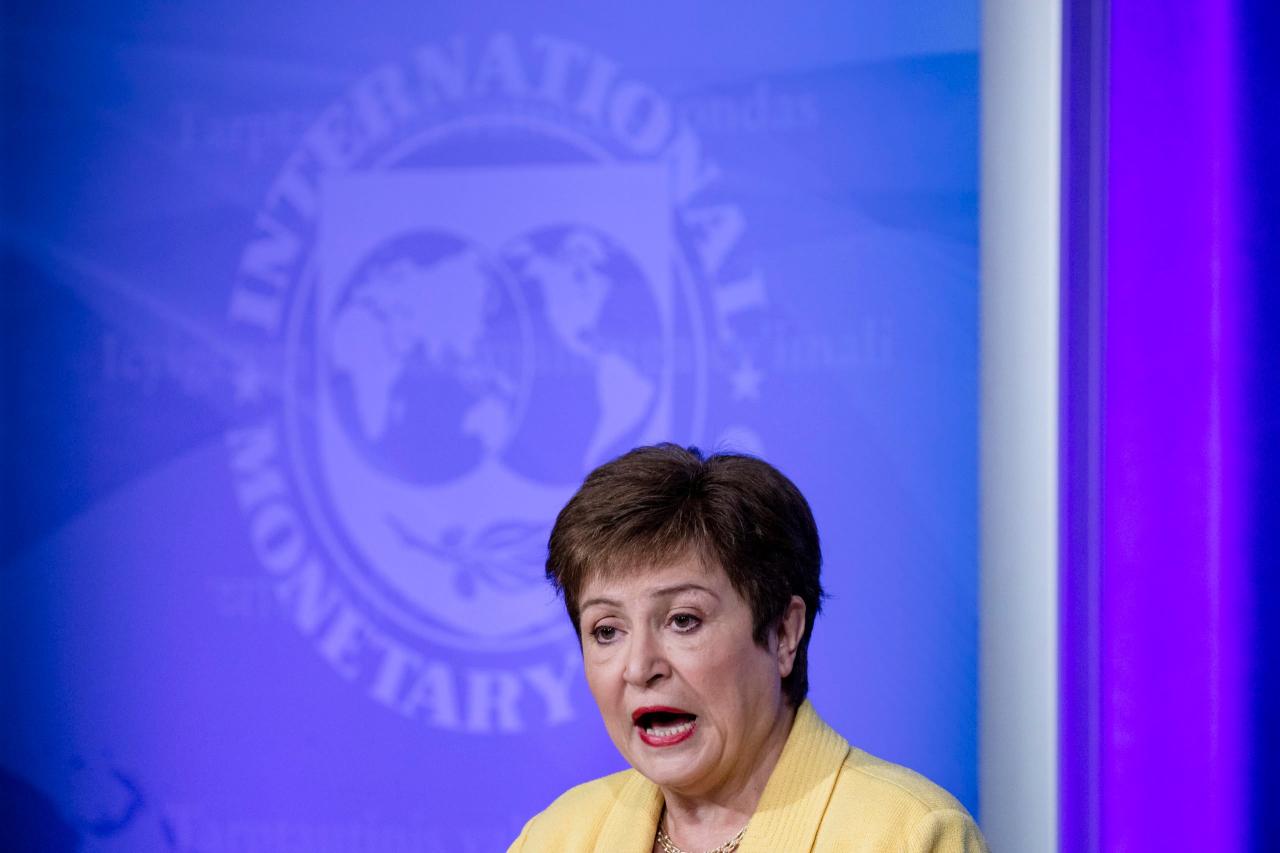( To have this story delivered to your inbox, sign up for the TIME CO2 Leadership Report newsletter here. )
The headlines at this week's World Bank and International Monetary Fund (IMF) Spring Meetings in Washington, D.C. tend to focus on the short-term economic outlook, and this year was no exception. The International Monetary Fund cut its GDP growth forecast for this year and warned of continued economic uncertainty.
But I'm focusing on a different story here: how a cadre of economists and politicians gathered in Washington are working to refocus the Bretton Woods institutions on tackling climate change. It is a bold reform agenda that leaders hope will create new opportunities for the private sector to invest in climate projects in the South, thereby greatly accelerating the transition to clean energy. “What the World Bank does is really set the tone,” John Kerry, President Biden's climate envoy, told me before the meetings. "It could be huge."
Before we get to the solutions, it is helpful to discuss the problem briefly. According to a joint analysis by the International Monetary Fund and the International Energy Agency, the world needs to invest $5 trillion annually in energy by 2030 to facilitate the transition to clean energy. Much of this investment should go to emerging markets such as India, where energy demand is growing rapidly.
Investing in clean energy can be difficult in these countries for a number of reasons, but primarily financial concerns. In many places, renewables are cheaper than fossil fuels over their lifetime, but require more initial capital. Because developing countries are riskier places to invest, financing renewable energy projects is much more expensive than elsewhere. And with today's high interest rates, the task becomes particularly difficult.
Development banks and international financial institutions can step in here. From finance ministers in emerging economies to private bankers to Biden administration officials, these institutions are hoping to find a way to facilitate the spread of capital in the global south.
And judging by the interviews conducted this week, economists appear to be actively working on the issue. The World Bank is currently conducting an annual review of its operations with the goal of completing reforms in the fall, and the International Monetary Fund is working to mainstream climate change into its operations.
Climate policy experts would like to see these institutions significantly increase climate credits as a basis for these reforms. They hope the increase in loans will be "mixed" with private sector investment to unlock trillions of dollars in climate finance for developing countries. This means that the World Bank and other international financial institutions will develop a clean energy financing package that will combine public and private funds. To make these investments attractive to the private sector, the agreements will be structured with terms that leave more risk in the hands of international financial institutions. For example, the World Bank may agree to accept the first loss of a failed project. A report by the convergence finance network Convergence says that on average one dollar of public money can lead to private sector investment.
Ajay Banga, the former Mastercard CEO who will become the next president of the World Bank, has suggested several ways the World Bank can attract private capital. "I'm not talking about removing the risks that the private sector has to take by law if it wants to make a profit," Banga said in a speech at the Center for Global Development ahead of the Spring Meetings. "But I'm talking about getting rid of what's holding them back."
Doing good would be a big deal. A well-structured climate finance process will create an opportunity for banks and investors to start writing big checks in the South. This influx of capital will in turn create jobs around the world, from large companies building clean energy projects to entrepreneurs developing new ways to produce low carbon energy in these markets.
What do you read from TIME


